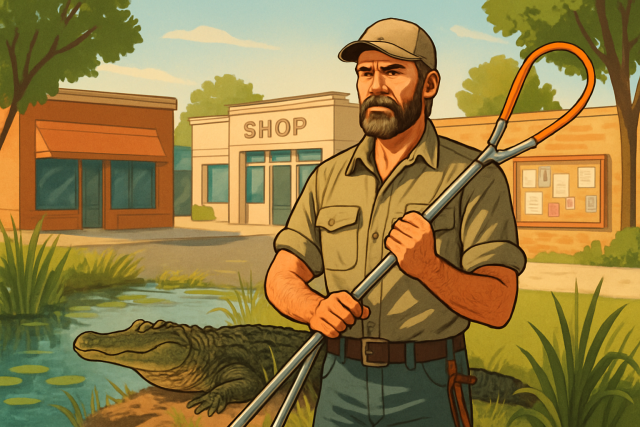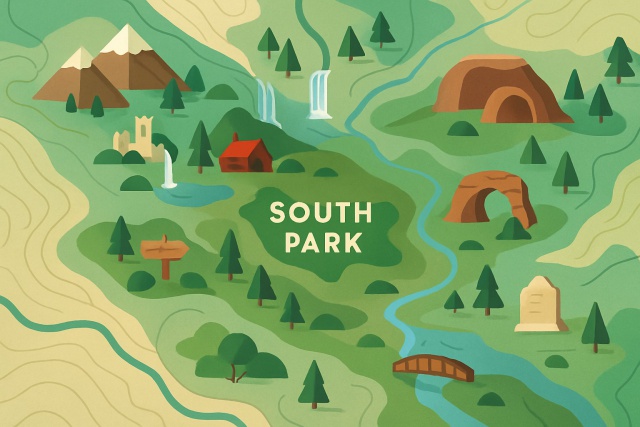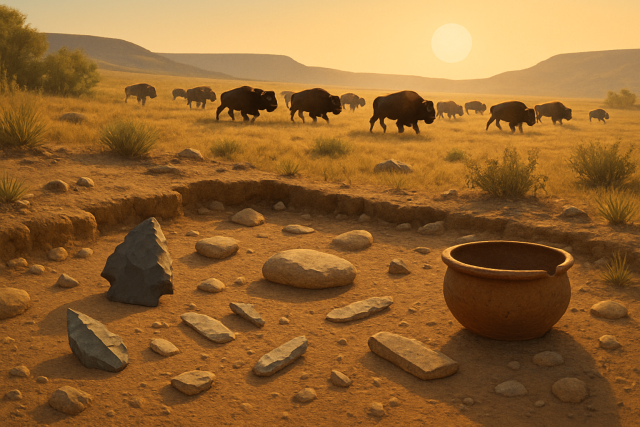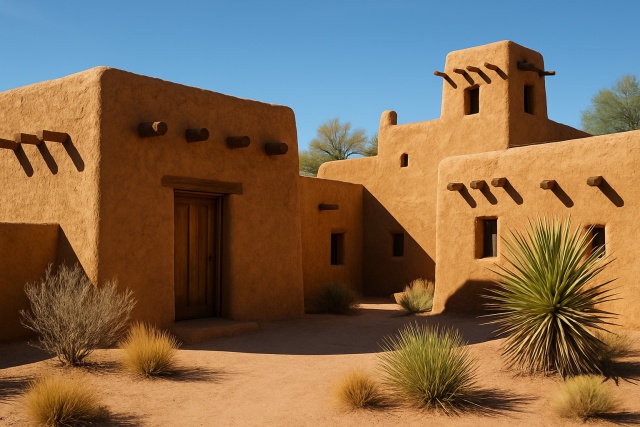How Big Is TX Compared to Other US States?
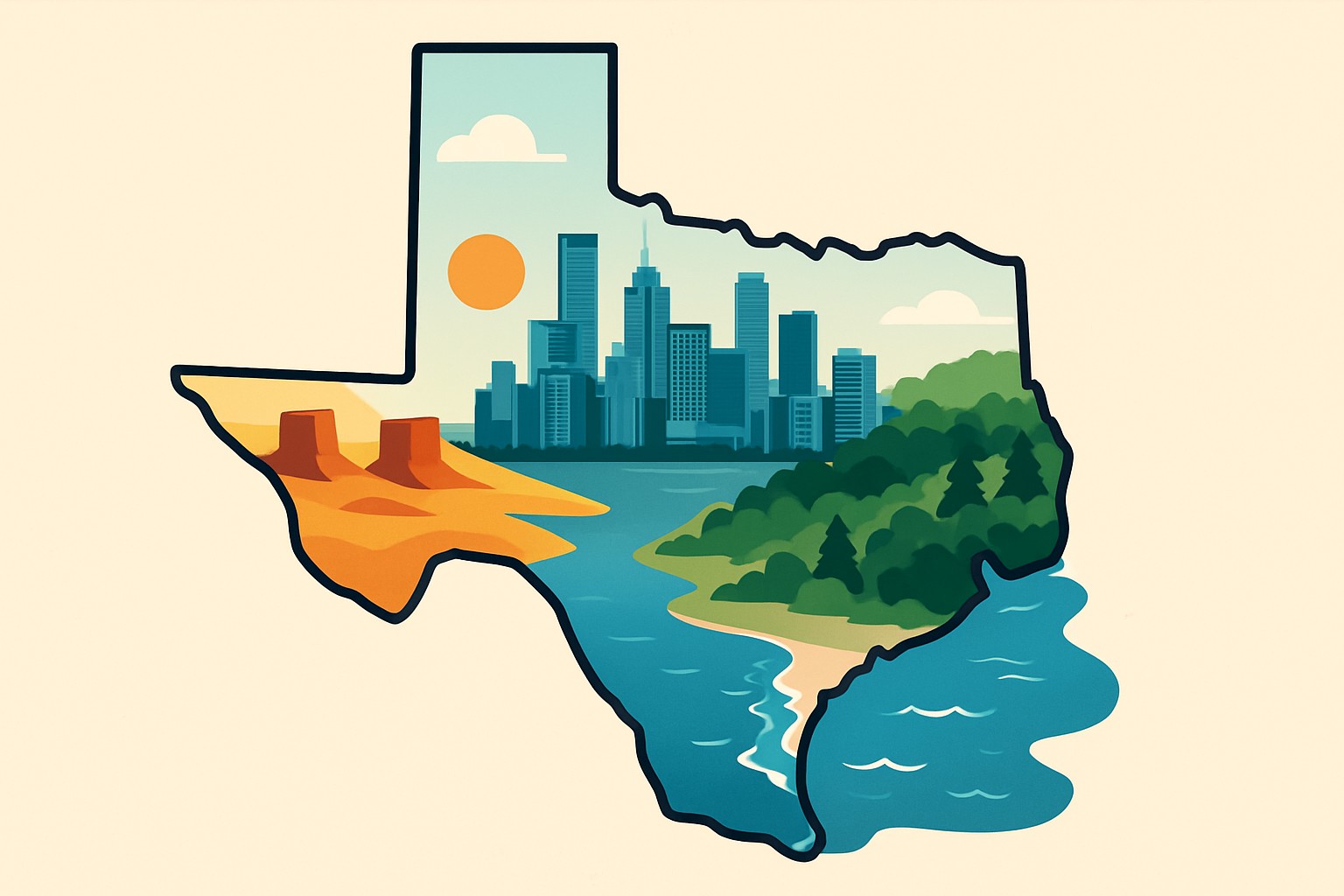
Texas is famous for its sheer size, often summed up by the old saying "everything is bigger in Texas." If you've ever wondered exactly how big is TX, we're diving into exact numbers, state rankings and eye-opening comparisons that show the Lone Star State's true heft. Whether you’re curious about its land area or how it sizes up against other states, this article breaks it all down in a straightforward and easy-to-digest way.
Understanding State Size and What Big Really Means Here
A state's size usually refers to its total area. That includes every inch of land within the state's borders plus any inland lakes, rivers and coastal waters.
- Total area covers all the land and water within the state's borders giving you a full picture of its size.
- Land area focuses on solid ground leaving out lakes, rivers and coastal waters which can make the state look smaller or larger depending on your perspective.
- Different ways of measuring count water bodies in their own quirky fashion so you might notice reported sizes that don’t always line up.
- Natural features like mountains, deserts and coastlines don’t just add character. They shape how the size feels on the ground and how people make use of the land.
The Scale of Texas in Numbers A Giant’s Tale Told in Figures
Texas sprawls across 268,596 square miles (695,662 square kilometers). Of that vast expanse about 261,232 square miles (676,587 sq km) is solid land. Roughly 7,364 square miles (19,075 sq km) remain as water features like lakes and coastal stretches.
| State | Total Area (sq mi) | Land Area (sq mi) | Water Area (sq mi) |
|---|---|---|---|
| Alaska | 665,384 | 570,641 | 94,743 |
| Texas | 268,596 | 261,232 | 7,364 |
| California | 163,696 | 155,779 | 7,917 |
| Montana | 147,040 | 145,546 | 1,494 |
| New Mexico | 121,590 | 121,298 | 292 |
| Arizona | 113,990 | 113,634 | 356 |
A Quick Look
Texas proudly holds the spot as the second-largest state in the United States by total area, trailing only the sprawling expanse of Alaska. Alaska's total area is almost two and a half times bigger than Texas, which is mind-boggling.
- Alaska easily takes the crown as the biggest US state sprawling over a staggering 665,000 square miles.
- Texas comes in a distant second boasting around 268,596 square miles. That’s more than 100,000 square miles larger than California and shows how Texas is in a league of its own.
- California and Montana snag third and fourth spots respectively but compared to Texas they’re much smaller. This only emphasizes how truly massive Texas really is.
Relatable Comparisons to Really Wrap Your Head Around Just How Massive Texas Is
Texas starts to make a lot more sense when you size it up against things we already know. It’s so huge that you could comfortably tuck several smaller states inside it without breaking a sweat.
Texas is so huge you could fit about 15 states the size of Rhode Island—the tiniest state in the US—inside its borders and still have plenty of room to spare.
If you size it up against entire countries, Texas comes close to France or Spain, two well-known players on the European stage.
The state stretches nearly 790 miles from east to west and about 660 miles from north to south giving you a real sense of its sprawling scale.
Hop in your car and drive straight across Texas without stopping. You’re in for almost a 12-hour haul—talk about a road trip that tests your stamina and your playlist!
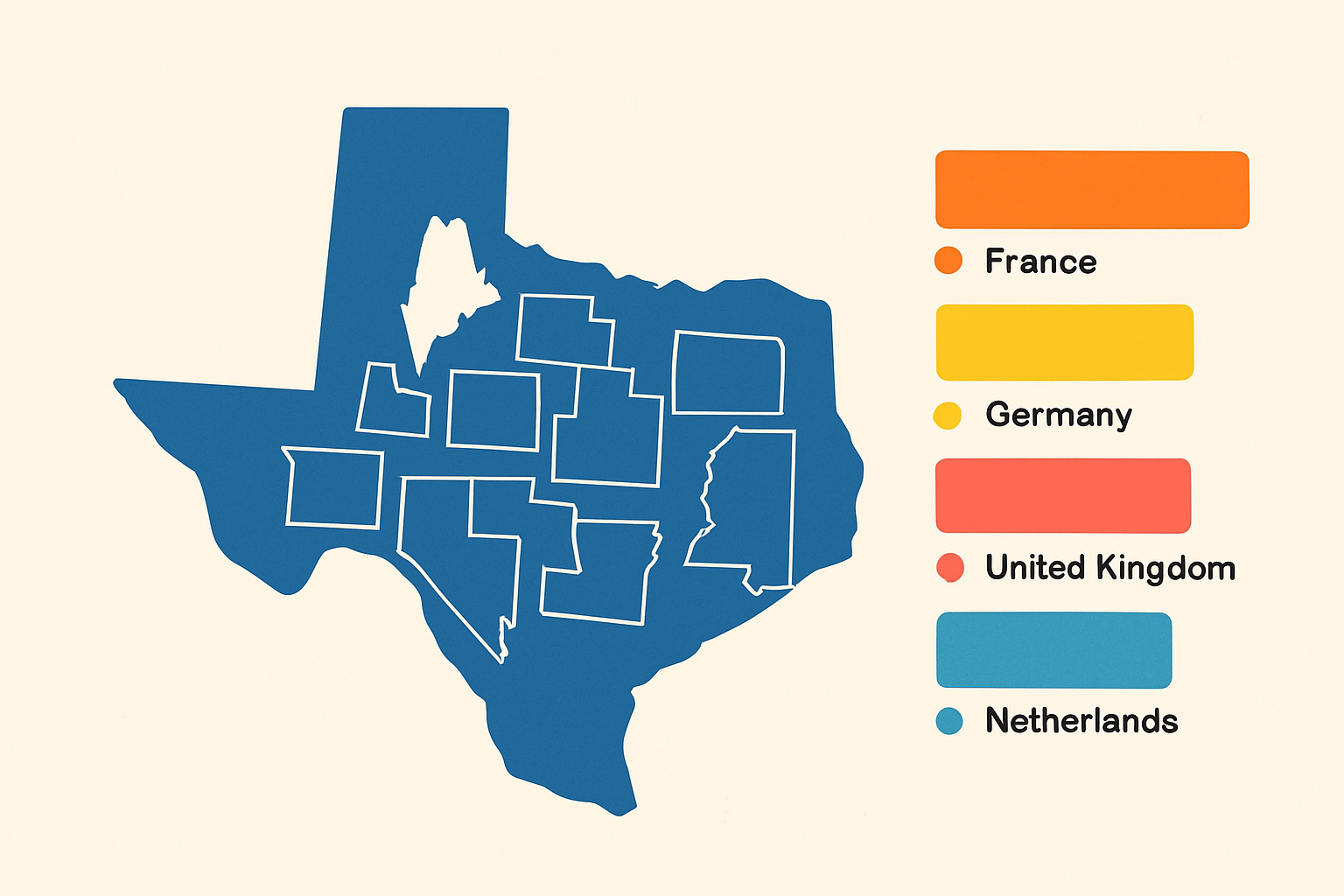
Map visualizing Texas' size compared to smaller US states and similar-sized countries
Variations in Size Across Different Regions of Texas
Texas is so vast that you can actually spot some pretty noticeable size differences just within the state itself. A few of its large counties and metro areas are as big as entire states.
- Brewster County, the biggest county in Texas, stretches over more than 6,192 square miles. It’s actually larger than the entire state of Connecticut, which blows the mind when you think about it.
- The Greater Houston metropolitan area covers roughly 10,000 square miles and is about the same size as Massachusetts or New Jersey. It packs a lot in without skipping a beat.
- The geography keeps things interesting. It ranges from the vast open deserts of West Texas to the bustling urban sprawl around Dallas-Fort Worth. That contrast changes how size feels and gets put to use in each place like two sides of the same big Texas coin.
The Big Picture on Texas' Economy, Culture, and Infrastructure
Texas’s vast size doesn’t just occupy a lot of space on the map—it deeply shapes its economy, culture, transportation systems and government. It wrangles infrastructure across sprawling distances and supports everything from oil rigs to tech startups, and cowboy towns to big cities.
- Texas’s impressive size plays a huge role in making it an economic powerhouse. It boasts many natural resources and a diverse mix of industries across its vast landscape.
- The state’s rich cultural tapestry comes from its many regions shaped by geography—from bustling border towns and lively coastal ports to the charming Hill Country.
- Meeting infrastructure needs here is no small task. A vast network of roads, railways and airports keeps the far-flung corners of Texas connected.
- Managing such a huge area requires close coordination among local, regional and state agencies to ensure services are fair and representation matters.
"Texas’ vast physical size isn’t just a number to toss around; it actually plays a huge role in shaping its economy, culture, and political landscape in ways you simply won’t find anywhere else in the U.S. It’s like the state has its own personality, carved out by sheer space and diverse regions." – Dr. Maria Delgado, Geographer and Texas Historian
Common Misunderstandings About Just How Big Texas Really Is and Getting a Clear Answer to How Big Is TX
Even though Texas is a household name, you would be surprised how often individuals get its true size all mixed up. Some confuse the number of people living there with how sprawling the land actually is, while others seriously underestimate just how far it stretches from one end to the other.
- Alaska takes the cake by a pretty wide margin.
- It’s sizable in both respects, but those are totally different beasts.
- People often seriously underestimate the distances between Texas cities and regions, which can lead to some surprise moments when the travel time turns out to be way longer than expected.
Getting a Grip on Texas's Size and Why It Matters
Wrapping your head around how massive Texas is—and truly understanding how big is TX—can come in handy in many everyday situations. Travelers often find it simpler to plan marathon drives or long flights when they appreciate the scale. For businesses, it’s a key factor that steers decisions about logistics and marketing and day-to-day operations across the state’s diverse markets. Educators and students usually gain a deeper appreciation for Texas’s rich geographic and cultural tapestry.
Frequently Asked Questions
Is Texas the largest state in the US?
No, Alaska proudly holds the crown as the largest state by a good stretch. Texas comes in second when you look at total size but it’s the heavyweight champ among the lower 48. Alaska is more than twice as large and sprawls over 665,000 square miles—now that’s a whole lot of wilderness.
How long does it take to drive across Texas?
Driving across Texas from east to west means covering about 790 miles and typically takes close to 12 hours if you don’t pull over for a breather. That kind of marathon drive really puts the vastness of the state in perspective. Trust me, you’ll want to plan ahead because those long stretches can feel endless.
What country is closest in size to Texas?
Texas is roughly the same size as some big European players like France or Spain. Clocking in at around 268,596 square miles, it’s easy to grasp just how massive Texas truly is when you compare it on a global scale.
Are there really counties in Texas bigger than entire states?
You bet. Some Texas counties are downright enormous—take Brewster County in West Texas for example. It covers over 6,192 square miles, which is bigger than the entire state of Connecticut. It’s a perfect snapshot of just how staggering Texas’s size is even when you zoom in on one part.
Does Texas' large size make it expensive to govern?
Absolutely. Keeping tabs on such a sprawling area comes with its own headaches, especially when it comes to infrastructure and logistics. The state needs huge networks of roads, utilities and communication lines to stitch together those far-flung corners. All that adds up making the budget tight and the delivery of services a bit of a high-wire act.


